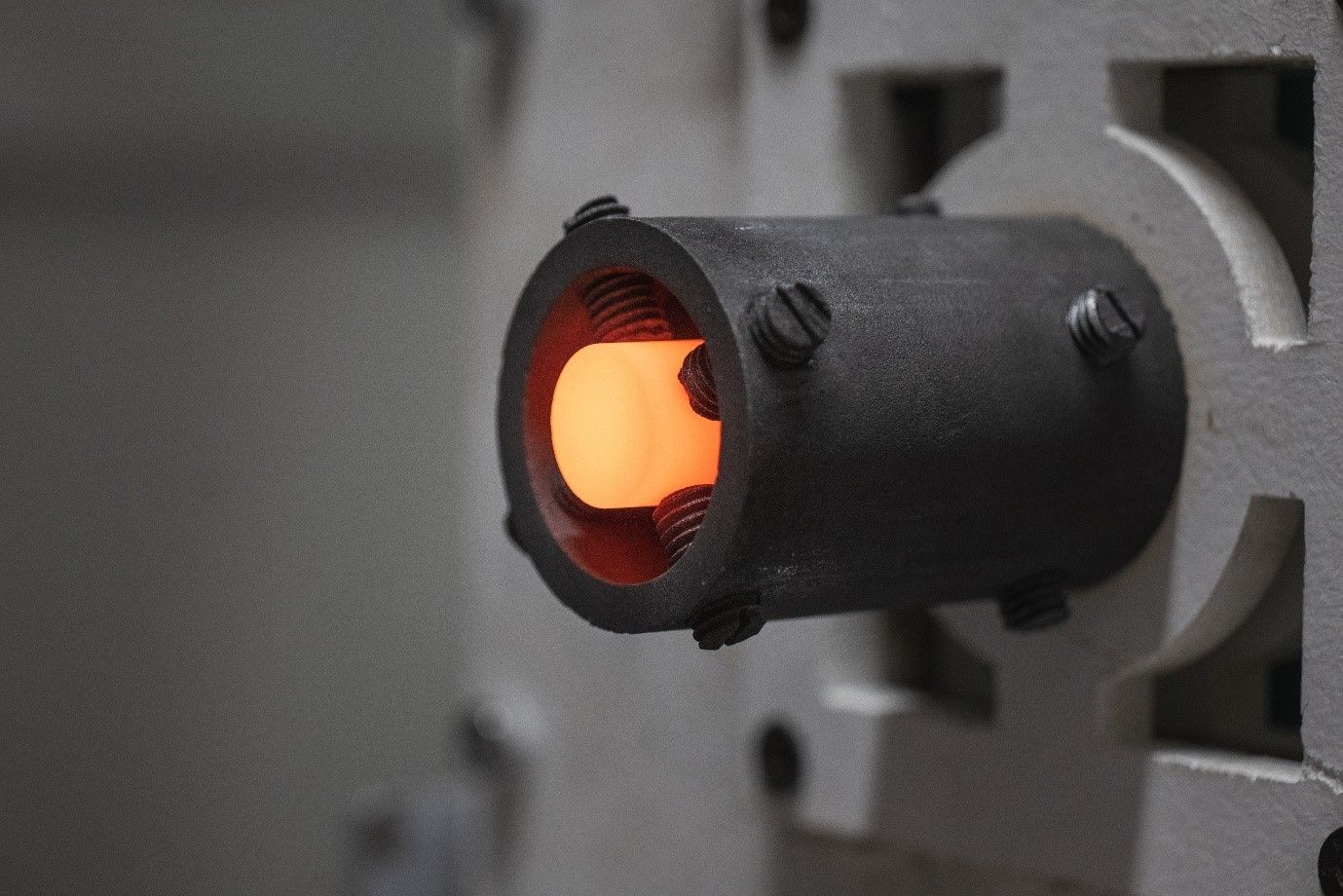9 Questions with Roan Morwood-Portoles, ACM CRC PhD Student
Our PhDs are playing a significant role within our program, and in the broader industry.
Here, we introduce you to Roan Morwood-Portoles from one of ACM CRC’s university partners, The University of Queensland (UQ).
Roan has experience in the construction and boat building industries and completed his thesis on the design and characterisation of polymer matrix composite materials for use as thermal protection systems (TPS). His current PhD topic is on developing tools for optimisation and design of TPS for hybrid rocket nozzles covering high-temperature composites, with specific emphasis on ceramic matrix composites. His specific areas of interest include: ceramic matrix composite and polymer matrix composite manufacturing; design and manufacturing of thermal protection systems, material ablation modelling; heat transfer modelling; nozzle design; and hybrid rocket motor ablation.
1. Under which ACM CRC Research Program does your PhD project sit?
My PhD project sits under Research Program 2 (Manufacturing Processes), Research Program 3 (Simulation and Performance Prediction), and Research Program 4 (Design and Integration).
2. What is the focus of your PhD?
The focus of my PhD is on developing tools to optimise the design and manufacture of thermal protection systems for hybrid rocket nozzles. More specifically, this involves investigating and modelling the degradation of rocket nozzle liners as a form of semi-passive thermal protection through the mechanism of material ablation.
The base concept of thermal protection through ablation for a polymer matrix composite is the resin absorbing aerothermal heat from a fluid flow (in this case a rocket exhaust) and charring while being held by reinforcing fibres. Heat is thus dissipated from the underlying structure through the vaporisation and transport of the char layer.
Experimental testing and numerical modelling of various material combinations is required to understand the degradation of a nozzle liner and thus ensure a successful flight.
3. When did you become interested in this field? And what made you interested in it?
The topic of high-temperature composites was introduced to me during discussions with my supervisor before beginning my postgraduate studies.
4. What made you interested in it?
I grew up on the coast around fibreglass manufacturing and have fond memories of working with composites from a young age. This led into working with the UQ composites group during my undergraduate degree and, now, working at the cutting-edge of high-temperature composites, which was just a natural progression of this interest.

5. What do you hope to achieve through your PhD? What challenges are you hoping to solve?
I hope to complete my PhD and through this help provide a bridge between theory and practical manufacturing/design of rocket nozzles. A major challenge to overcome is applying laboratory scale testing results of varied material combinations to a full-scale rocket nozzle environment. I hope by the end of my PhD to have developed a method and associated tools to support rapid, low-cost rocket nozzle design.
6. What are your long-term goals/ambitions?
My long-term goal is to continue working in the field of high-temperature composites after completing my PhD, whether that be in academia or industry.
7. What’s the best thing about being an ACM CRC PhD student?
I appreciate the support, opportunities for collaboration and making new connections that are brought to me by being a part of ACM CRC.
8. What one piece of advice would you give to people thinking of undertaking a PhD in the composites manufacturing area?
When it comes to composites, there is never one right way to do something. This can be intimidating but it also provides a great opportunity for anyone open to using their mind and exploring new things in the wide world of composites, so I would say don’t be afraid to give it a try!
9. Tell us something about you that would surprise/impress people?
I’m very good at turning running and driving cars into not running cars.
Interested to know more?
Visit our Education and Training page to learn more on our HDR Program, and how it’s helping to achieve industry transformation.

Australian Composites Manufacturing
Cooperative Research Centre
(ACM CRC)
Level 1, Greenhouse
180 George Street
SYDNEY NSW 2000
SITE LINKS
FOLLOW US
Acknowledgement of Country
In the spirit of reconciliation, ACM CRC
acknowledges the Traditional Custodians
of country throughout Australia and
their connections to land, sea and community.
We pay our respect to their Elders past
and present and extend that respect
to all Aboriginal and Torres Strait Islander
peoples today.
STAY INFORMED
Australian Composites Manufacturing CRC
Website by Rogue Web Design



